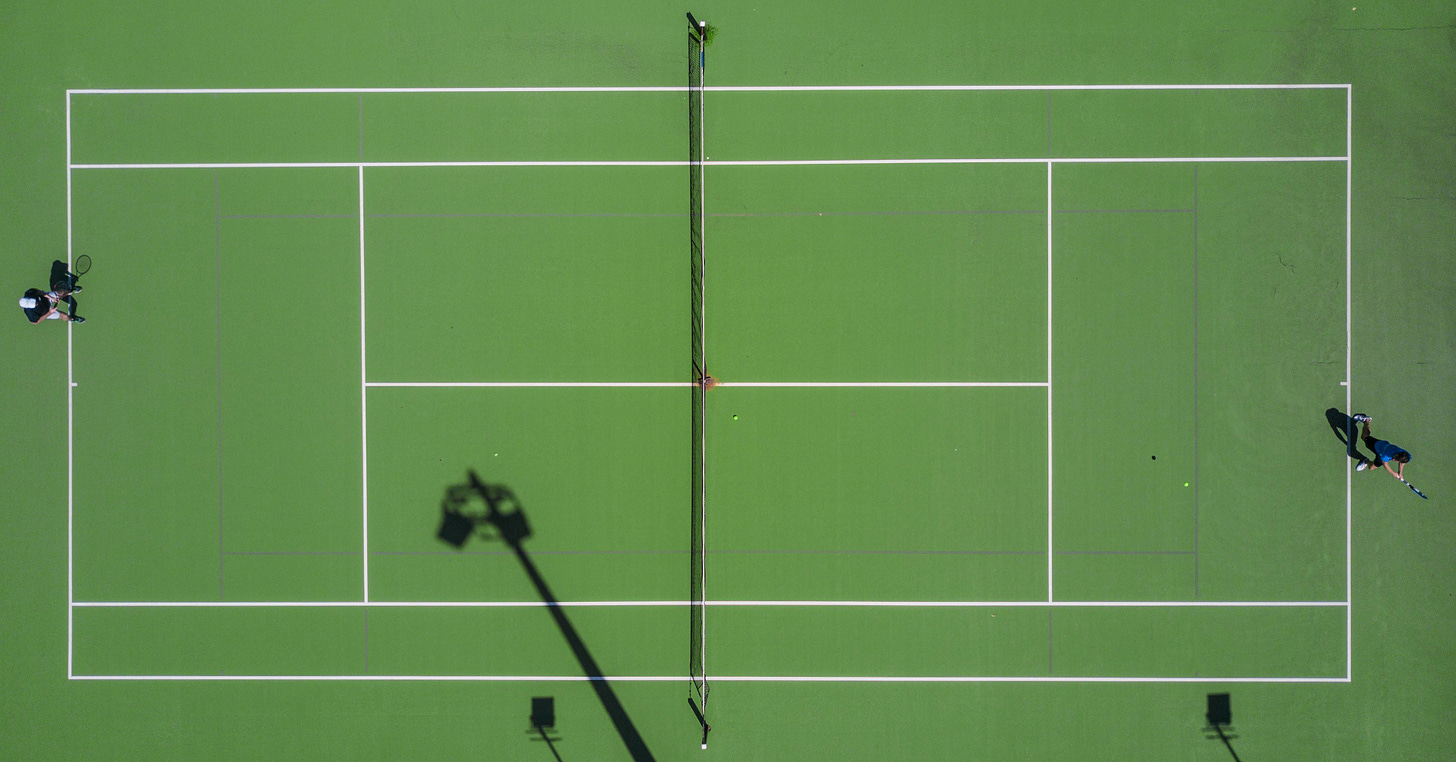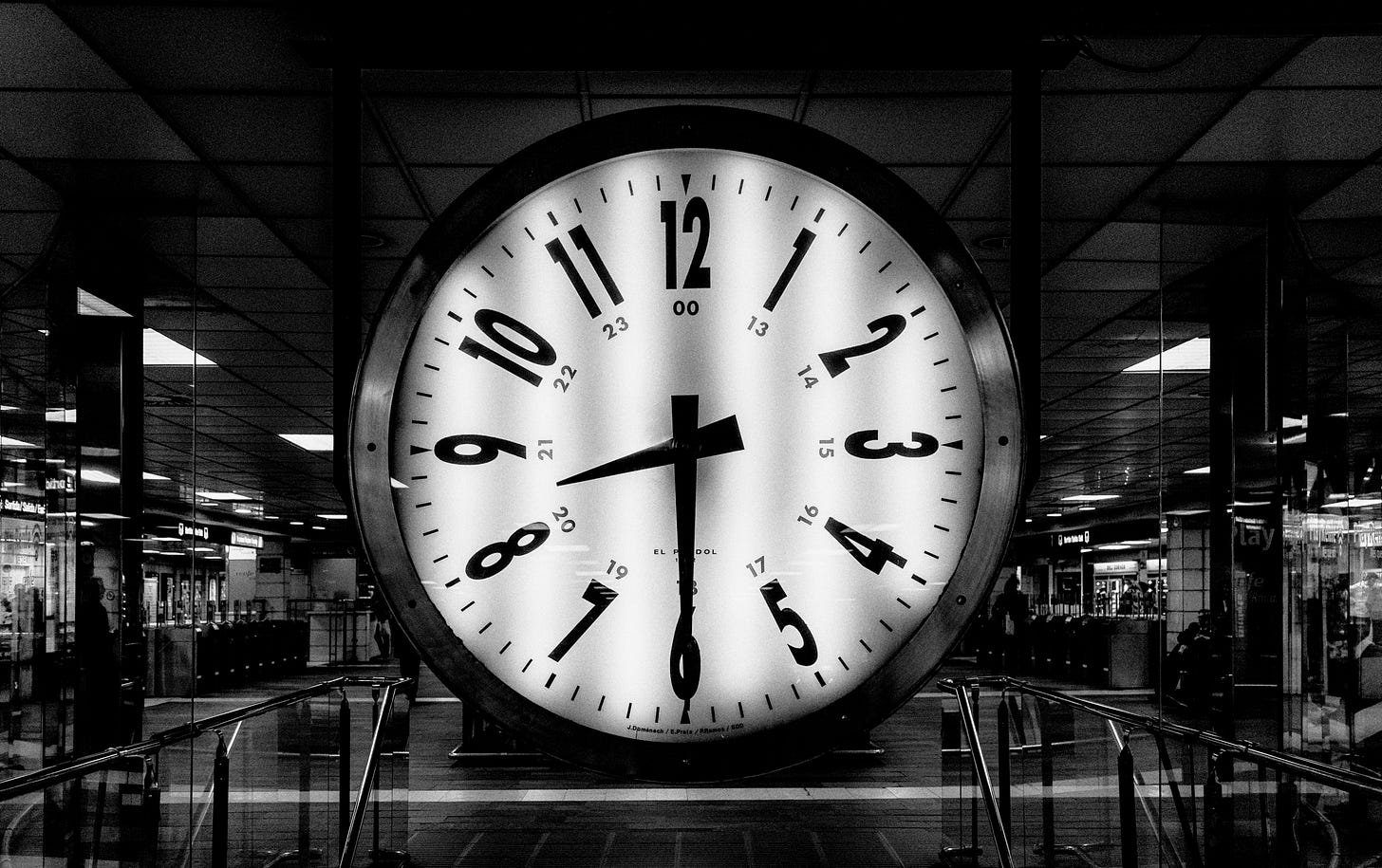Game, Set, Maths
The surprising maths behind tennis' scoring system. Learn your 'loves' from 'lets', your 'deuces' from your 'doubles' and your sets form your 'sexagesimal system'!

Is there any event that heralds the start of the English summer more evocatively than Wimbledon? The oldest tennis championship in the world is famous for strawberries and cream, closely cropped grass, the threat of rain, Centre court and of course the sexagesimal system. Well, perhaps sexagesimal – the system of counting that uses base 60 - isn’t the first thing that springs to mind, however it is inherent to tennis’ rather unique scoring system. But we’ll get to that.
Let’s begin at the beginning though. Why does each game, each set and indeed each match begin at ‘love all’? Why do tennis aficionados use the word ‘love’ when they mean zero? My favourite explanation is that the French began to use the term ‘L’oeuf’ – meaning ‘the egg’ – to denote a score of zero because of an egg’s similarity in shape to a nice, round, oval 0, and also possibly because of the egg’s associations with new beginnings.
This link between the egg-shape and the number 0 is not without parallel. In cricket we still refer to a batter who gets out without scoring as a having made a “duck”, short for “duck’s egg”. In baseball our American cousins sometimes use the term “goose-egg” for a similar purpose. ‘Love’ then is supposed to derive from the English mispronunciation of the French ‘L’oeuf’.
An alternative, possibly more romantic suggestion, is that ‘love’ comes from the term “to play for love”. A player stuck on a score of zero doesn’t just give up and stop, because they are playing for the love of the game, irrespective of the result. A similar etymology is proposed for the word amateur, from the Latin “amator” meaning a lover. It captures the essence of what it means to be an amateur sportsperson – competing for love and not for money.

But what about the rest of the funky scoring system? Each player’s scores can progress from 0 to 15 to 30, seeming to set up a pattern, but then jump irregularly to 40 before one of the players has the chance to put the game to bed. A favoured suggestion for the evolution of this system is that clocks were used to keep score on court – one hand for each player. A hand would be advanced by a quarter turn for every point won. And, despite its subsequent disappearance, in the earliest medieval French references, quarante-cinque or forty-five does indeed make an appearance as a possible score. Reaching 60 – the hour mark – would win a player the game.
As the sport evolved and it was decreed that games must be won by two clear points so, it is supposed, did the scoring system. With each player having won three points the scores would now be tied up at 40-40 or deuce. Instead of the final point being worth 15, it was divided into two points worth 10 each. The player winning the next point would advance to 50 with the chance to win one more point - worth a further score of 10 - to take them up to the hour mark and the game. If they failed, they would be set back to 40 with the other player, establishing another deuce.
Deuce, by the way, apparently comes from the French “deux de jeux” or “à deux le jeu” depending on who you listen to. This could variously be translated as “to two the game” suggesting the scores are tied or “two to the game” capturing the fact that each player is just two consecutive points from winning the game.
So, it seems the scoring system in tennis is inherently tied to the clock face, which is itself inescapably linked to the sexagesimal system. Around 5000 years ago the Sumerians, often referred to as the originators of civilisation, invented the first place value system – a system whose most fundamental concepts would, eventually, spread across the globe.
In their system, numbers were written in a prescribed order. A symbol further to the left represented a larger value than the same symbol placed further to the right. In a number like 222 each of the 2s represents a different number: 2, 20 and 200, with each being 10 times bigger than the last. Where we now use base 10 - the value of each number increasing in value by a factor of 10 each time we step to the left - the Sumerians used base 60.

Perhaps the primary reason the Sumerians used the sexagesimal system was because it significantly eased working with fractions and division. Sixty has lots of factors: the numbers 1, 2, 3, 4, 5, 6, 10, 12, 15, 20, 30 and 60 all divide into 60 exactly with no remainders. Its divisibility led Sumerian astronomers to divide the arc of the night sky into 360 (that is, 6 × 60) degrees, helping them to make astronomical predictions. The Ancient Greeks subdivided each degree into 60 minutes and each minute into 60 seconds.
Although we may be less familiar with the minutes and seconds used in astronomy, time is a far better known sexagesimal system which also uses these same divisions. Whether we know it or not, we are implicitly thinking in sexagesimal when we tell the time.
So, as you watch the scoreboards tick over at Wimbledon over the next fortnight, spare a thought for our ancient Sumerian ancestors and their brilliant, versatile sexagesimal system, which often crops up in unexpected places.
This post is adapted from my Indy Voices article.

